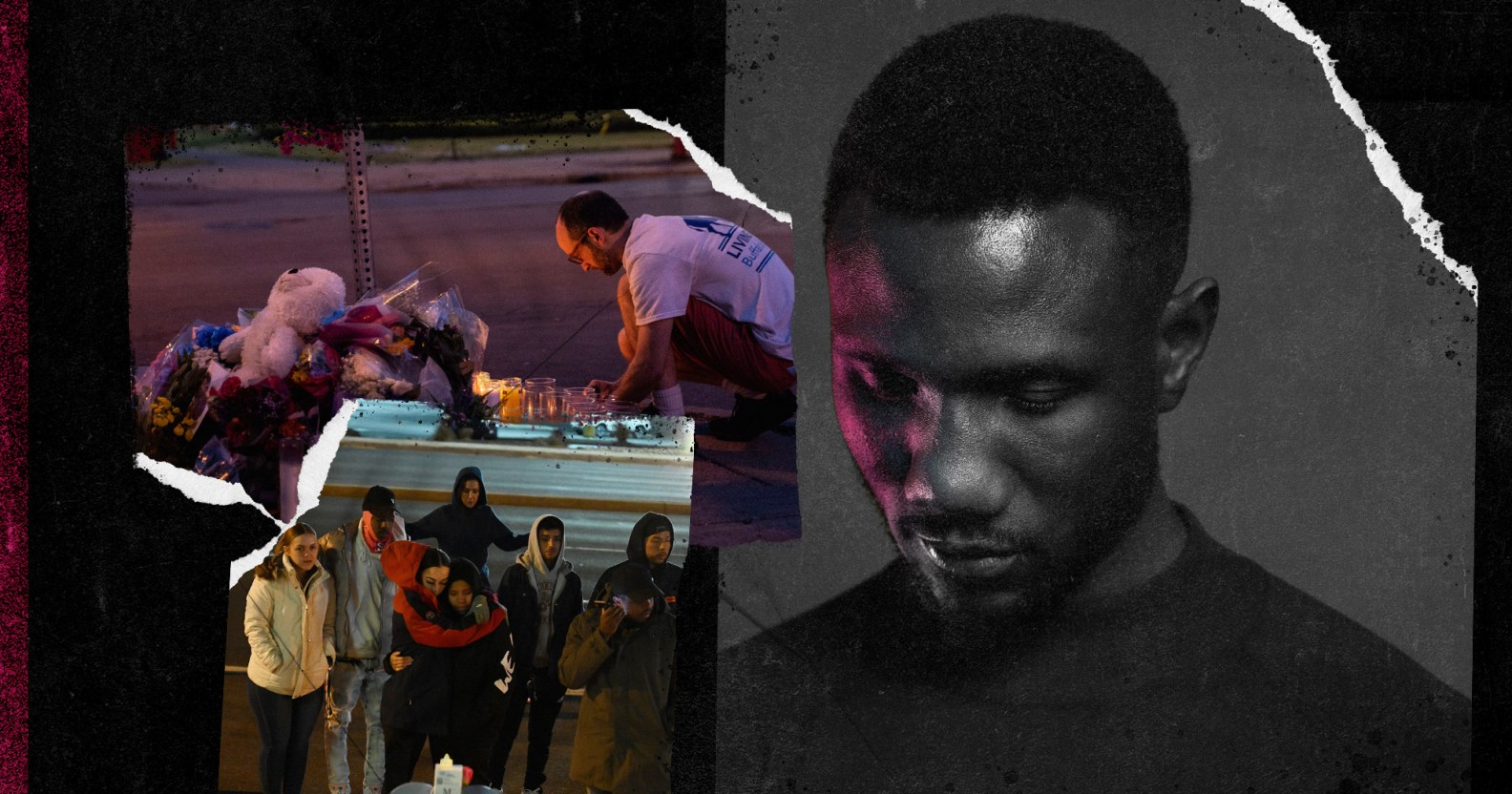What is hate crime? Here’s how to spot it and how to report it
Author: Jake McKee

UK government data shows that recorded hate crime cases have been rising annually since March 2013.
It remains a sad fact that LGBTQ+ people can be targeted with verbal or physical abuse because of their sexuality or gender identity – or even just because those things are perceived by others. But what counts as a hate crime and how can you report it?
Hate crime is when an offender commits a crime against another person based on the victim’s race, religion, gender identity, sexual orientation or disability.
In the United Kingdom, hate crime falls into three different categories: physical assault, verbal abuse, and incitement to hatred, which, aside from the obvious, also includes things such as intimidating behaviour and damaging property.
The Metropolitan Police (Met) state that hate crime “is about ‘who’ the victim is, or ‘what’ the victim appears to be that motivates the offender to commit the crime”.
People can also be the victim of more than one type of hate crime, either separately or at the same time.
The perception of a crime being motivated by hate doesn’t have to come from the victim. It can be from another person, such as a witness or police officer, according to the Met.
A 2021 Law Commission report made a number of recommendations to reform hate crime laws, including increasing protection for disability and LGBTQ+ victims, because current legislation doesn’t treat each protected characteristic equally.
The Crown Prosecution Service can ask a court to increase an offender’s sentence if they are found guilty of a hate crime.
The different types of hate crime
Physical assault
Any type of physical assault is a criminal offence. According to the Met, a perpetrator may be charged with common assault, actual bodily harm or grievous bodily harm “depending on the level of violence used”.
Verbal abuse
This can consist of threats or the use of offensive slurs.
According to the Met, “victims of verbal abuse are often unclear whether an offence has been committed or believe there is little they can do [about it]. However, there are laws in place to protect you from verbal abuse.”
The Met advise that verbal abuse should be reported even if it’s unclear who the perpetrator was (for instance, if something was shouted from the window or a passing car). Doing so can help the police build up a picture of where incidents are taking place and tailor their action accordingly.
Incitement to hatred
Incitement to hatred is an offence that involves someone acting in a threatening manner that is intended to stir up hatred or abuse. This can be in person or online, for instance on social media.
The Met list examples of incitement to hatred as: “Messages calling for violence against a specific person or group… web pages that show pictures, videos or descriptions of violence against anyone due to their perceived differences… and chat forums where people ask others to commit hate crimes against a specific person or group.”
How to report a hate crime
If someone is in immediate danger or needs support right away, they should call 999 in the UK and ask for the police (or the ambulance service if they are in need of urgent medical assistance).
After they have taken place, hate crimes can be reported in a number of ways including online, over the phone via 101, or in person at a police station.
There are also charities that support people and offer advice. Crimestoppers allows people to report crime anonymously, and Galop supports LGBTQ+ victims of abuse and violence.
When it comes to reporting hate crimes, the Met note that there are also hate “incidents”. The main difference here being that the offender’s actions don’t amount to a crime.
It’s recommended that both hate crimes and incidents be reported to police. This is partly because telling the difference between a crime and an incident can be difficult for victims.
Hate crime figures have been rising in the UK
UK government data shows recorded hate crimes in England and Wales have been on the rise annually since at least the year ending March 2013.
There was a 26 per cent jump in those recorded crimes year-on-year through to March 2022, which was the second highest increase after the 29 per cent rise seen between March 2016 and March 2017.
However, the Home Office is uncertain if this is a “genuine rise” in the number of crimes taking place, or because of better reporting and victims having more confidence to come forward.
Race was the named characteristic in 70 per cent of the 155,841 hate crimes recorded in the year to March 2022, while sexual orientation was the second-most-recorded characteristic (26,152), followed by disability (14,242), religion (8,730), and being transgender (4,355).
However, sexual orientation and transgender identity hate crimes had the biggest increases in recorded reports in the year to March 2022 since the Home Office started a data time series beginning the year to March 2012.
How did this story make you feel?
Sending reaction…
Thanks for your feedback!
Actual Story on Pink News
Author: Jake McKee



